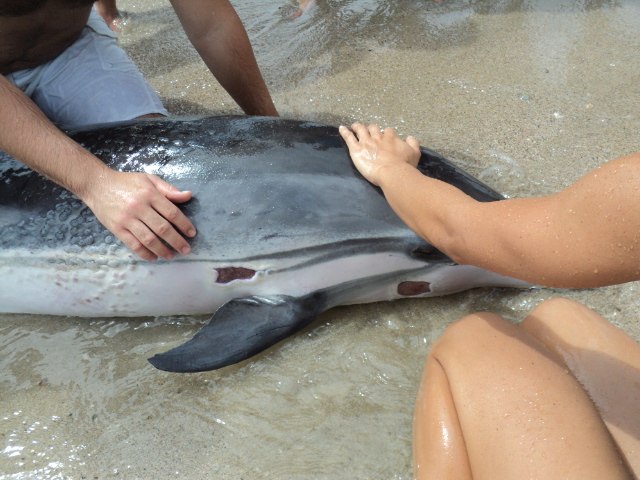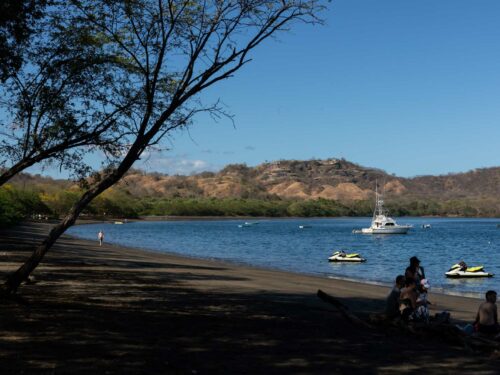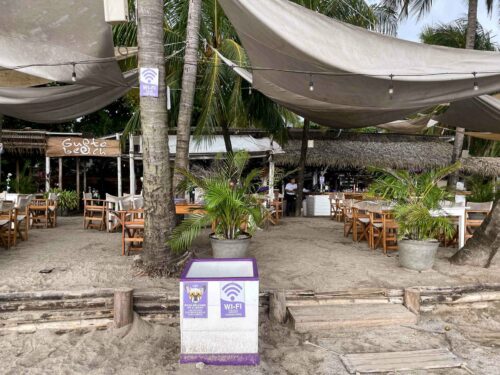
If you run into a dolphin stranded on the beach, you might want to help it and touch it at the same time. However, dolphins have illnesses that can be contagious to people.
According to the System of Conservation Areas (SINAC), a dolphin might be beached for many different reasons. Beaching could be caused by fishing, pollution or by natural causes including the dolphin’s age, climate change or illness.
One of the most common illnesses is brucellosis, which affects the reproductive and nervous systems of dolphins and can be transmitted to humans through contact with the dolphin’s secretions.
According to Yeimy Cedeño, regional coordinator of Sinac, in 2014 seven beached dolphins were reported in the province of Guanacaste.
What should you do if you find a beached dolphin?
- Approach the animal at a safe distance of five meters (15 feet) and always from in front. Avoid getting near the tail and fins. Make sure that the dolphin is alive through observation of breathing (dolphins can breathe every 3 to 5 minutes).
- Avoid touching the dolphin and if necessary, use gloves and a mask or scarf to cover your mouth and nose.
- If the animal is alive and you decide to return it to the sea, you should lift it with at least four people (always with gloves). Do not drag it or pull it by its tail or fins since this could mistreat it. Just try to return it to the sea once. If the dolphin leaves the water again, contact the authorities.
To report the situation, you can call SINAC at 2686-4970 or 2686-4967. You can also call the National Animal Health Service (SENASA- Servicio Nacional de Salud Animal) at 2587-1796 or 8893-7609. The 911 service can also coordinate with the Tourist Police or the National Coastguard Service.







Comments